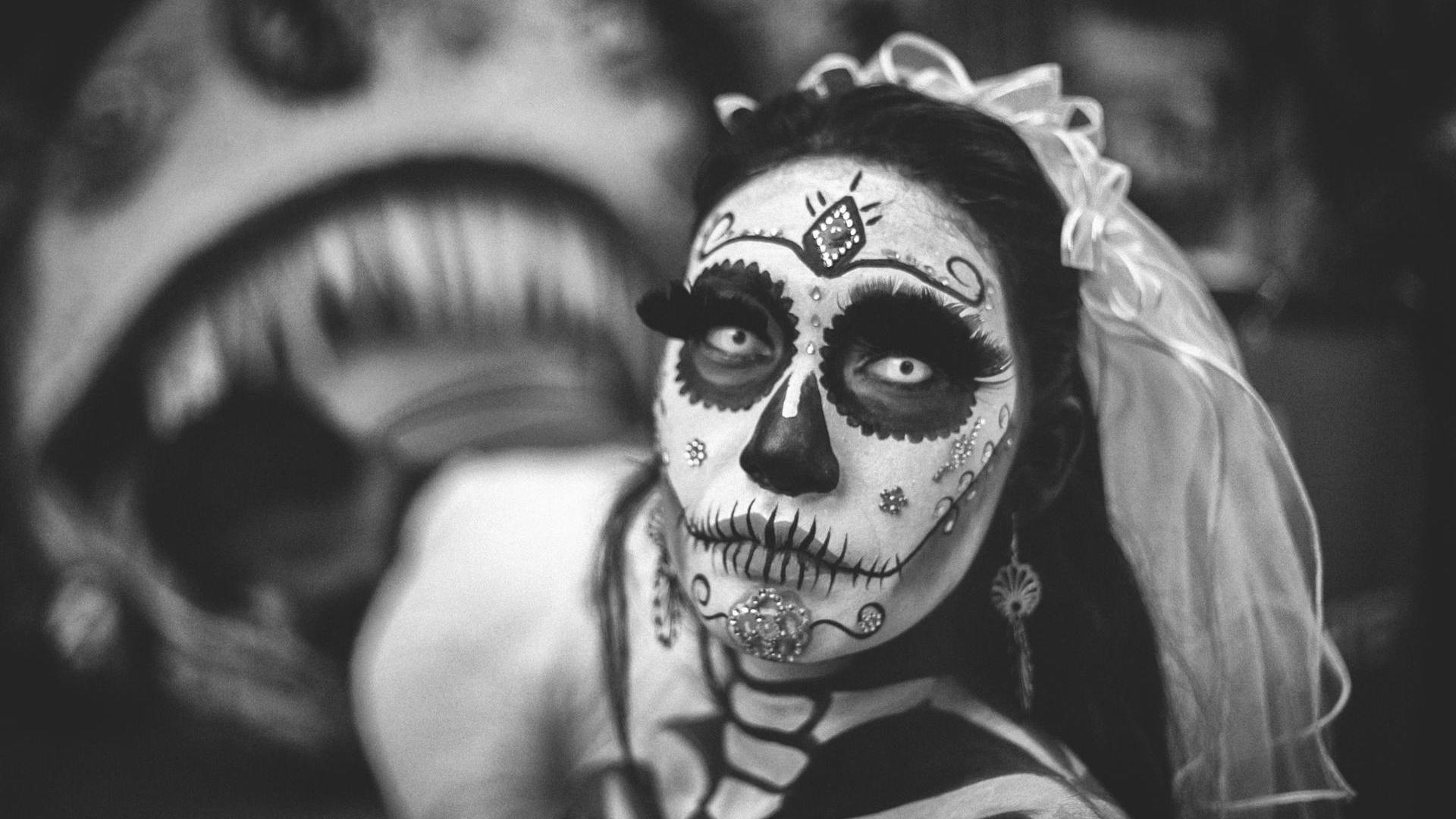Science
The Salt-Sized Robot That Thinks and Acts
27 December 2025

Fear is rarely pleasant. A knot in the stomach, a pounding heart, sweat-drenched skin – sensations most of us would prefer to avoid. Yet some individuals actively seek out feelings of fear. Who are these thrill-seekers and how do their brains work?
In discussing fear, a crucial distinction must be made. Fear and anxiety are not synonymous. Scientists are careful to maintain nuanced terminology. According to Joseph LeDoux and Daniel Pine, fear occurs when a threat is imminent or unavoidable (for example, a tiger leaping from the bushes). Anxiety, conversely, arises when the threatening stimulus is uncertain or distant – worrying about future job security, exam performance, or public speaking, for instance.
The amygdala, a small structure in the temporal lobe (near ears), is central to fear processing. It detects immediate environmental threats and prepares the body for fight, flight, or freeze responses. Anxiety, however, is managed by the bed nucleus of the stria terminalis (BNST), a neighboring structure that anticipates future threats, often leading to unproductive worry.
Marvin Zuckerman, an American psychologist from the University of Delaware, identified and described the trait of sensation-seeking. This characteristic determines an individual’s need for novel experiences and adventures, susceptibility to boredom, and social inhibition levels.
High scorers on sensation-seeking scales are more likely to engage in high-risk sports like skydiving, hang-gliding, or mountain climbing. They also tend to underestimate the risks involved in their chosen activities. Unsurprisingly, these individuals often enjoy horror films.

Zuckerman posits that sensation-seeking is partly innate, linked to reduced levels of monoamine oxidase (MAO) in the brain. MAO breaks down various neurotransmitters, including dopamine which is responsible for pleasure sensations. With less MAO, sensation-seekers typically have higher dopamine levels, feeling more rewarded by pleasurable activities. This reinforcing effect often leads to a need for increasingly intense stimuli.
Thus, one answer to why some people enjoy being frightened is simply that they are born that way – with a neurochemical predisposition to seek out thrills and chills.
We recommend: Evil in Culture: Why Do We Need Tales About the Dark Side of Man and the World?
A study conducted by Margee Kerr and Greg J. Siegle from the University of Pittsburgh, along with Jahal Orsini from the University of Pittsburgh Medical Center, provides evidence for the benefits of voluntary exposure to fear. The experiment was carried out in a haunted house billed as “Pittsburgh’s scariest haunted attraction” – an environment more conducive to eliciting fear than anxiety (though participants likely experienced some anxiety the day before their visit).
The study involved 262 adults who had purchased tickets of their own accord but had not previously visited the haunted house. This self-selection somewhat limits the broader applicability of the experiment’s findings. All participants completed questionnaires before and after the attraction, gathering information on their emotional state and enjoyment of the event.
It turned out that a significant majority of participants had a good time in the haunted house. Various coping strategies, such as closing one’s eyes or holding someone’s hand, proved particularly helpful. People were better able to handle threats when they had someone with whom to share the experience.
We recommend: Unrealistic Goals Breed Frustration in Children: A Perilous State for the Brain
Intriguingly, individuals who reported feeling stressed, bored, or tired before visiting the haunted house experienced the greatest benefits in terms of improved emotional state. People also felt as though they had challenged their fears and learned more about themselves.
This conclusion is crucial. A person who is afraid feels that they are not fully in control of their life. However, when they come face-to-face with fear, it turns out that this is not the case. The element of voluntariness is vital in this regard. It may have been the key to the study’s success. Had participants been forced to enter the haunted house, they would not have felt such a strong sense of personal agency. And few things boost self-esteem as much as feeling in control of one’s life.
This is precisely why we enjoy being scared. Growth lies within fear.
Translation: Klaudia Tarasiewicz
Polish version: Tajemnicza fascynacja lękiem. Mózg łaknie strasznych doznań

Culture
26 December 2025


Zmień tryb na ciemny